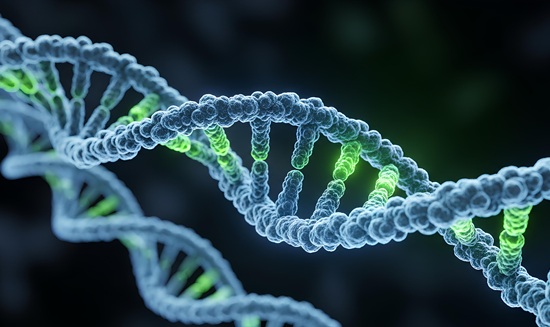Blood Clotting Linked to Immune Response
By LabMedica International staff writers
Posted on 25 Apr 2013
A link has been discovered between a protein that triggers the formation of blood clots and other proteins that are essential for the body's immune system.Posted on 25 Apr 2013
Vascular endothelial cells express and release protein components of the complement pathways, as well as secreting and anchoring ultra-large von Willebrand factor (ULVWF) multimers in long, string-like structures that initiate platelet adhesion during hemostasis and thrombosis.
Scientists at Rice University (Houston, TX, USA) quantified gene expression of complement components in cultured human umbilical vein endothelial cells by real-time polymerase chain reaction (PCR). They used fluorescent microscopy, monospecific antibodies against complement components, and fluorescent secondary antibodies.
Goat polyclonal antibodies to individual human complement components, purified human complement proteins, and human sera depleted of each specific complement factor were obtained from Complement Technology (Tyler, TX, USA). Monospecific reactivity of each complement antibody was verified by Western blotting.
The investigators established a biochemical link between clotting and the body's immune response involved a key clotting protein called von Willebrand factor (VWF) and about a dozen other proteins that are components of the complement system. The complement system, a part of the body's innate immune system, is one of biology's most ancient forms of defense against invading pathogens. They found that C3, an important complement pathway-initiator protein, was produced by cells in such low concentration that it was almost impossible to see, even with a fluorescent microscope, but that changed when they looked at samples that contained both C3 and VWF.
Joel Moake, MD, a hematologist and senior author of the study said, "In addition to the clinical evidence, there's also a logical basis for this connection. Clotting is a type of wound response, and wounds are magnets for infection, so there could be a selective advantage in triggering both responses at the same time. This link opens the door for studying severe, debilitating inflammatory disorders where the disease mechanism is still poorly understood, including lupus, rheumatoid arthritis, regional ileitis and ulcerative colitis, as well as age-related macular degeneration." The study was published on March 29, 2013, in the journal Public Library of Science ONE.
Related Links:
Rice University
Complement Technology














